Slovakia offers a variety of natural and cultural sites, from medieval castles to the peaks of the Tatra Mountains. The country features historic cities such as Bratislava and Košice, national parks with caves and waterfalls, and Gothic religious monuments. The castles of Spiš, Bojnice, and Orava illustrate the military and noble architecture of past centuries. The Slovak Paradise and Mala Fatra national parks present mountainous landscapes with distinctive rock formations. Traditions are preserved in museums such as the Liptov Museum, while contemporary art is exhibited at the Danubiana Meulensteen.
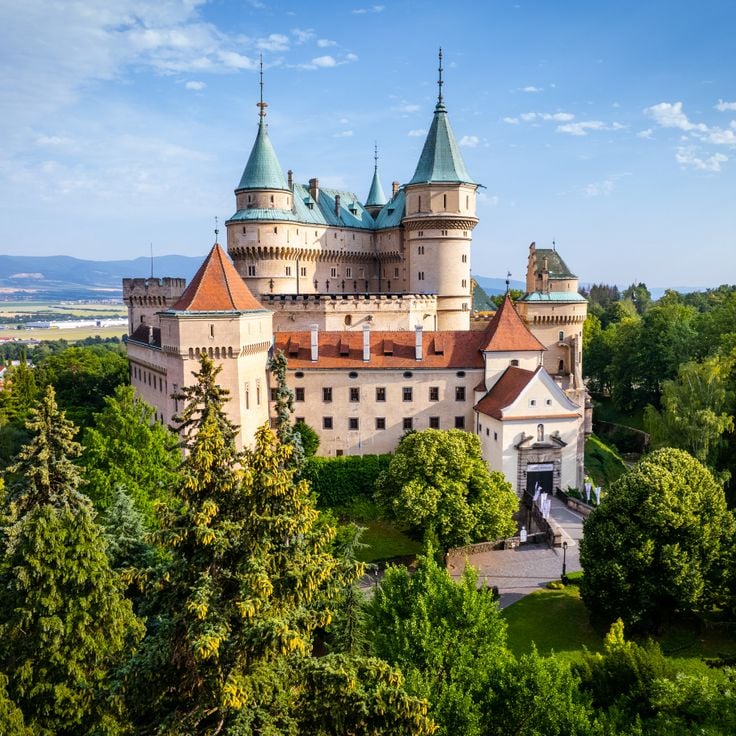
Bojnice, Slovakia
Bojnice Castle stands on a travertine hill above the town and ranks among the most visited historic sites in Slovakia. The original medieval fortress from the 12th century was transformed in the late 19th century by Count János Ferenc Pálffy in the style of French Loire châteaux. The complex includes several towers with battlements, a neo-Gothic chapel with valuable wall paintings, and over forty rooms displaying historic furniture, paintings, and art objects from various periods. The romantic castle grounds feature old trees, and an underground limestone cave adds to the historic ensemble. The castle regularly serves as a film location and hosts cultural events throughout the year.

Slovakia
The Tatra Mountains stretch along the Slovak-Polish border and form the highest section of the Carpathian range. This mountain chain reaches 2655 meters at Gerlachovský štít. Glacial processes have carved deep valleys, mountain lakes and rocky peaks. Hiking trails cross the region and connect alpine shelters. Vegetation ranges from dense forests at lower elevations to tundra above the tree line. Chamois, marmots and golden eagles inhabit the slopes and rock faces.
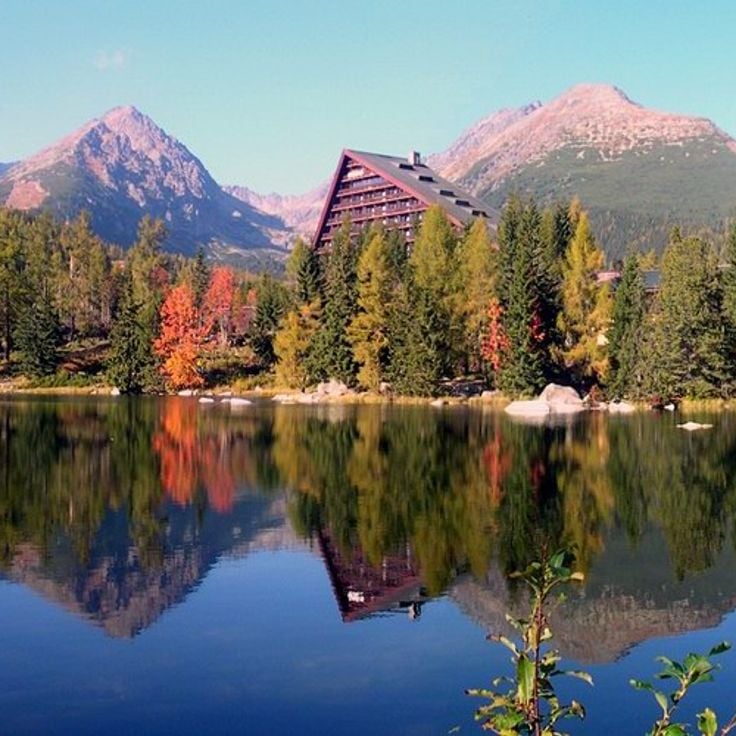
Štrba, Slovakia
Štrbské Pleso sits at 1346 meters altitude in the High Tatras and is a glacial lake surrounded by forested mountain slopes. This lake serves as a starting point for numerous hiking trails leading to the peaks and valleys of the High Tatras. In winter, the area transforms into a ski resort with slopes of varying difficulty levels. The lake itself freezes during winter months, forming an ice surface. The surrounding area features hotels, restaurants, and sports facilities. Several cable cars connect the lake to higher points in the mountain range.
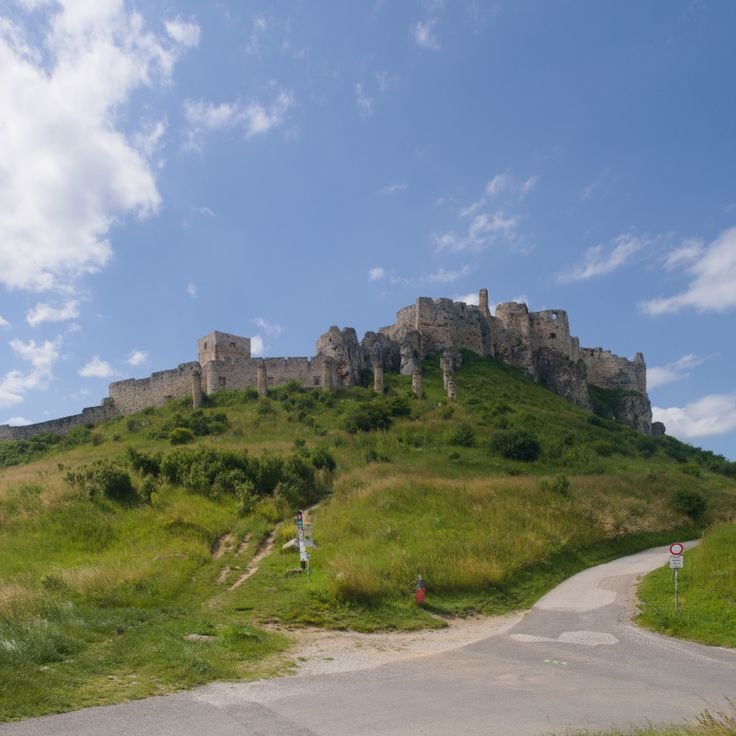
Spišské Podhradie, Slovakia
Spiš Castle rises on a limestone hill above the Spiš region and ranks among the largest medieval castle complexes in Central Europe. The fortress was established in the 12th century and expanded multiple times over the centuries. Today the site comprises several defensive rings with walls, towers and bastions. The Romanesque chapel dates from the founding period of the castle. Since 1993, Spiš Castle has been part of a UNESCO World Heritage Site together with the nearby town of Levoča and other monuments. The ruins offer wide views over the surrounding countryside.
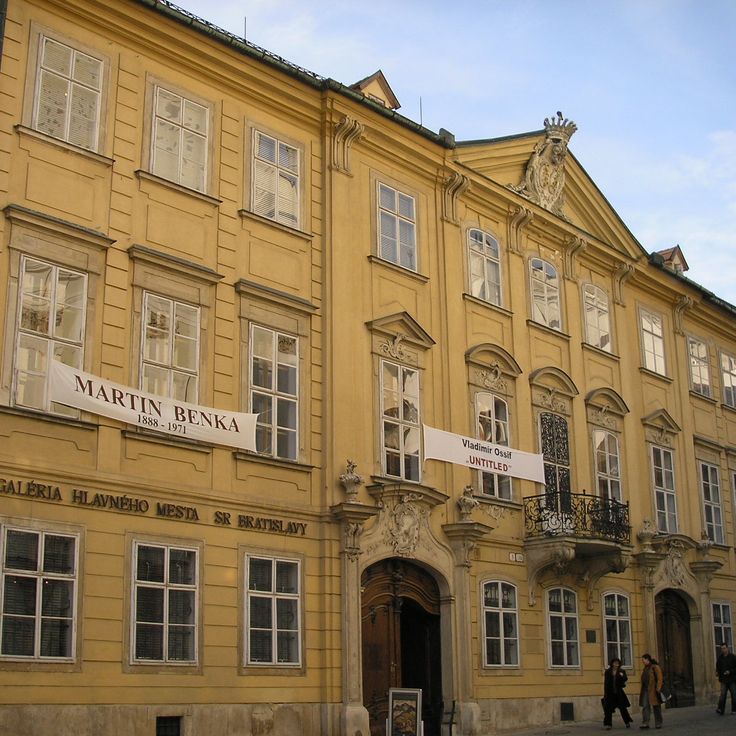
Bratislava, Slovakia
Bratislava sits on the banks of the Danube River and serves as the capital of Slovakia since 1993. The city spreads across the foothills of the Little Carpathians and houses approximately 440,000 residents. Bratislava Castle stands on a rocky hill above the river, providing views over the city and neighboring countries. The Old Town displays medieval streets, baroque palaces, and gothic churches including St. Martin's Cathedral, where Hungarian kings received their coronations. The 14th-century Michael's Gate marks the entrance to the historical center. Along the Danube waterfront, modern structures stand alongside classical buildings. The Slovak National Museum documents the country's history from prehistoric times to the present day. The New Bridge connects the Old Town with modern districts and features a restaurant at 85 meters above the river.
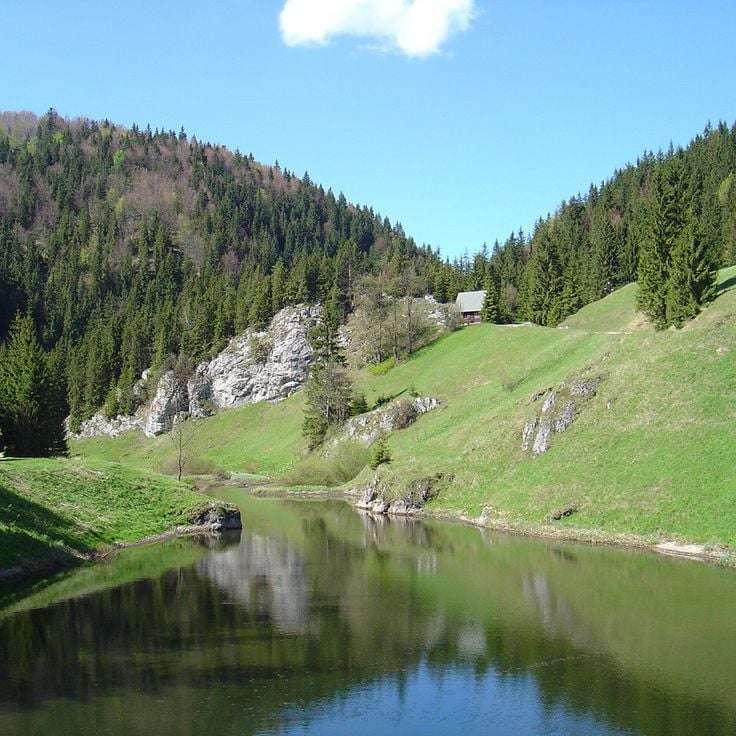
Košice Region, Slovakia
The Slovak Paradise National Park spans the mountain ranges of the Western Carpathians, protecting a karst landscape with deep gorges carved by mountain streams. The Hornád Gorge and Suchá Belá Gorge offer hiking routes with metal walkways, ladders and chains that follow cascading waterfalls. The karst system includes over 350 caves, among them the Dobšinská Ice Cave, inscribed as a UNESCO World Heritage Site. The forests contain beech, fir and spruce trees, with populations of brown bears, lynx and golden eagles. The plateaus reach elevations above 1,200 meters, providing views across the surrounding valleys and ridges.
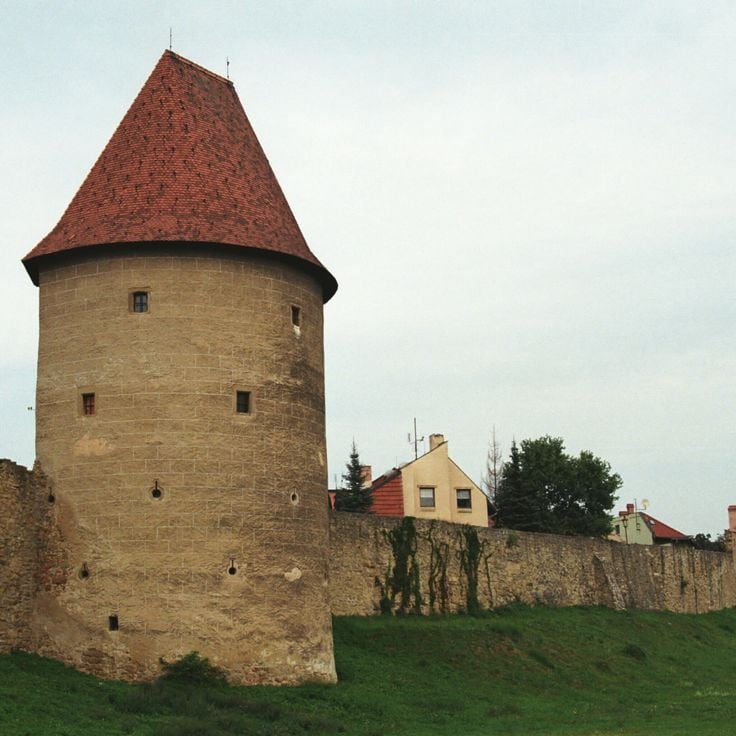
Bardejov, Slovakia
The historic center of Bardejov in northeastern Slovakia is a UNESCO World Heritage Site preserving its medieval layout. The town retains its defensive walls from the 14th and 15th centuries, nearly complete in their original form. The Gothic Basilica of St. Egidius dominates the central market square and contains eleven late Gothic winged altars dating from 1460 to 1520. The rectangular main square is surrounded by two-story burgher houses with characteristic gabled roofs and arcade passages. The 16th-century town hall stands at the center of the square and now houses a museum of regional history and craftsmanship.
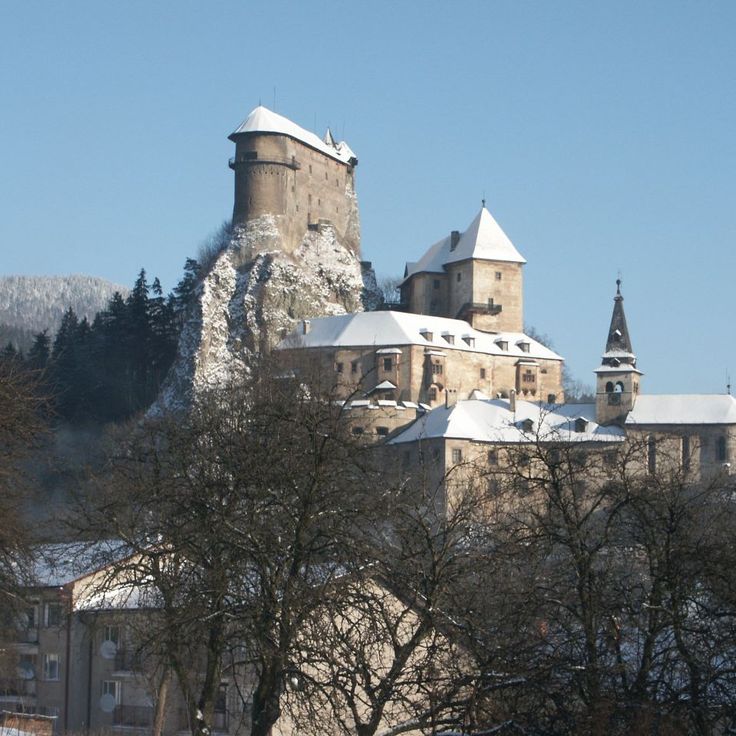
Oravský Podzámok, Slovakia
Orava Castle stands on a 112-meter limestone cliff above the Orava River and was built in the 13th century as a military fortress. The complex developed over several centuries through Gothic, Renaissance and Neo-Gothic additions into an extensive architectural ensemble. The castle now comprises multiple levels with residential quarters, chapels, defensive towers and a museum displaying collections on regional history and archaeology. The location served as a filming site for the 1922 movie Nosferatu.
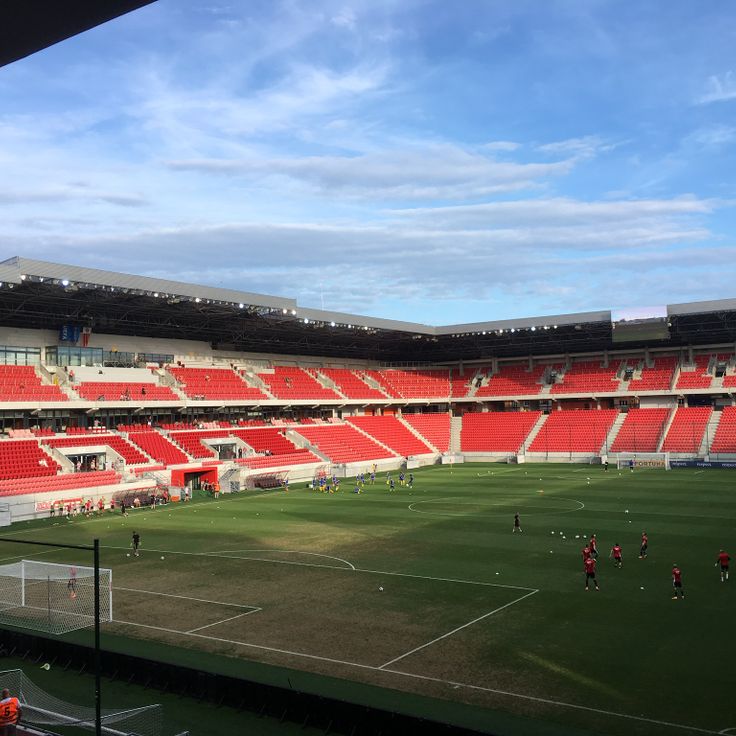
Trnava, Slovakia
Trnava is a historic city in western Slovakia that served as an important religious and cultural center during the medieval period. The old town retains its medieval walls with preserved towers and gates. The urban heritage includes several sacred buildings from different periods, among them the 14th-century Gothic St. Nicholas Cathedral and St. John's Church with its Renaissance chapel. The Jesuits established a university here in 1635, which contributed to the city's development as an educational center. Baroque church buildings such as the Holy Trinity Church complement the architectural ensemble. The compact city center allows visitors to explore the various religious and civil monuments on foot.
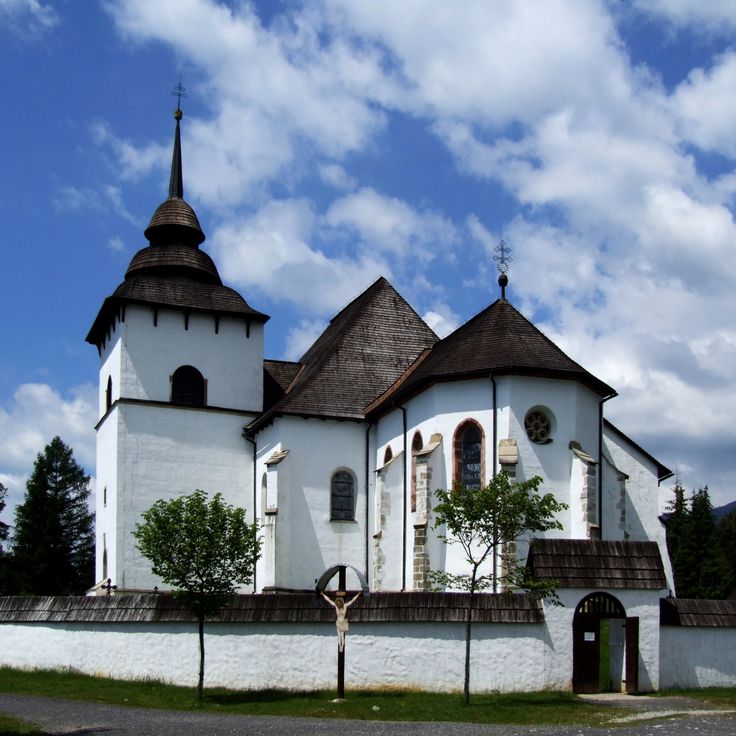
Pribylina, Slovakia
The Liptov Village Museum in Pribylina presents the traditional architecture and way of life of the Liptov region. The site brings together approximately forty historic buildings from various villages that were relocated here before the construction of the Liptovská Mara reservoir. Visitors can tour wooden houses with their original furnishings, explore a 15th-century wooden church, and visit working craft workshops including blacksmith forges and weaving studios. The museum displays agricultural tools and documents the customs of rural populations from the 14th to the 19th century.
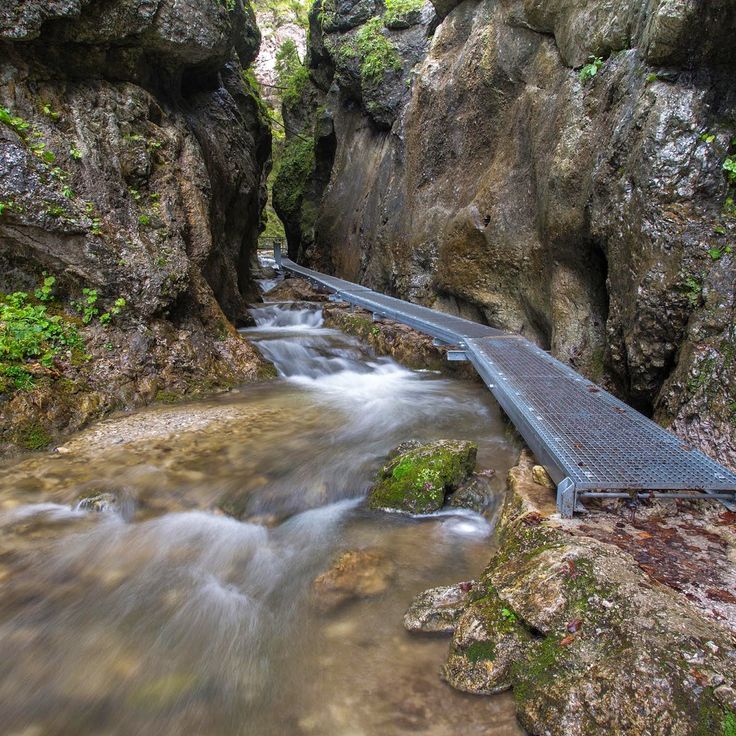
Terchová, Slovakia
The Jánošík Gorges form a natural canyon system in the Malá Fatra mountain range, characterized by several waterfalls. These gorges are equipped with metal walkways and ladders that allow visitors to safely traverse the canyon. The structures lead over rock formations and along the watercourse through different sections of the gorge. Located near Terchová, this area represents a geologically interesting part of the region.
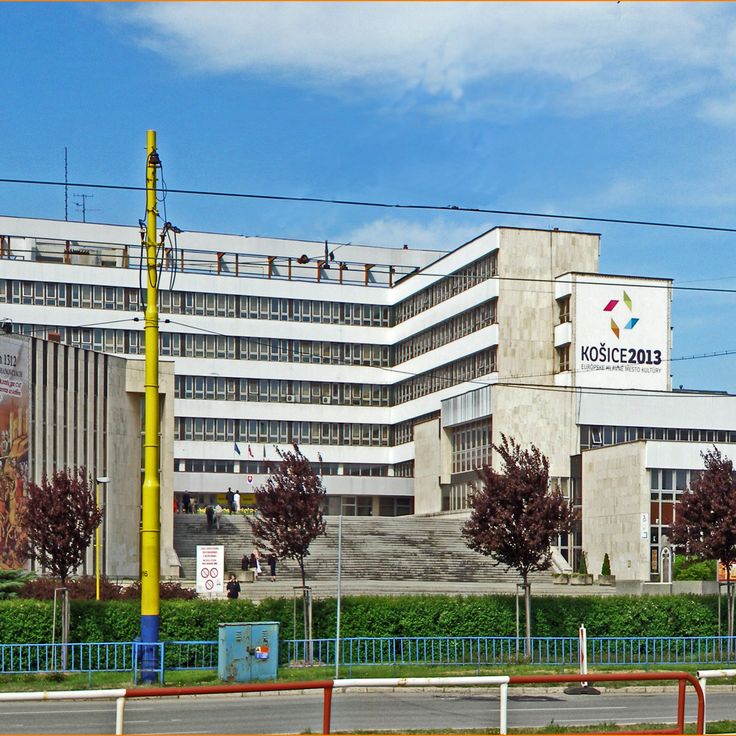
Košice, Slovakia
The historic centre of Košice is dominated by St. Elisabeth Cathedral, the largest Gothic church in Slovakia. The main street gathers numerous Gothic and Renaissance buildings, including the 19th-century State Theatre. The city preserves a significant architectural heritage with townhouses, churches and public buildings documenting its development from the medieval period to modern times.
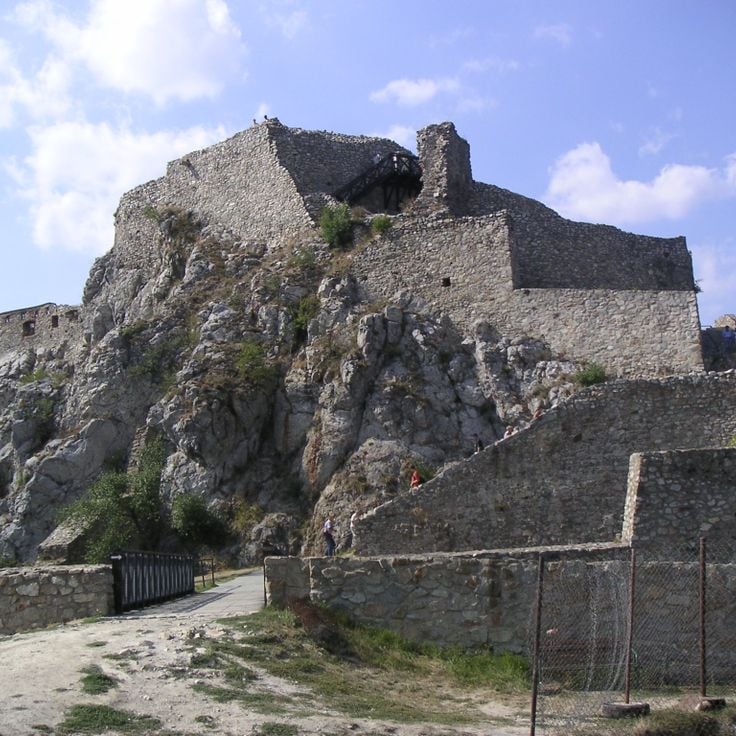
Bratislava, Slovakia
Devín Castle stands on a 212-metre rocky promontory at the confluence of the Danube and Morava rivers. This 9th-century fortress served as a strategic defensive position on the western border of Great Moravia for centuries. The ruins display Romanesque and Gothic architectural elements, along with remains of an early medieval Slavic settlement. Archaeological findings confirm human occupation since the Neolithic period. The walls provide extensive views across both rivers and the surrounding lowlands.
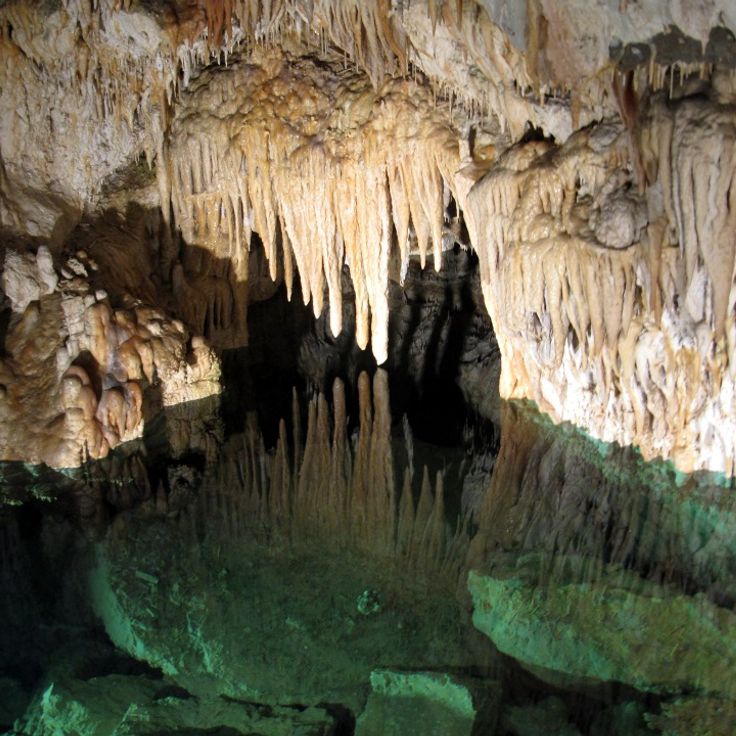
Demänovská Dolina, Slovakia
The Demänovská Freedom Cave extends across multiple levels within the limestone massif of the Low Tatras, displaying various karst formations. This natural cave presents numerous stalactites and stalagmites alongside underground lakes that formed through the dissolution of limestone rock over thousands of years. The tour route leads through large chambers and narrow passages, where visitors can observe the geological development of this cave system. The constant temperature and high humidity inside create specific conditions for the ongoing formation of dripstone features.
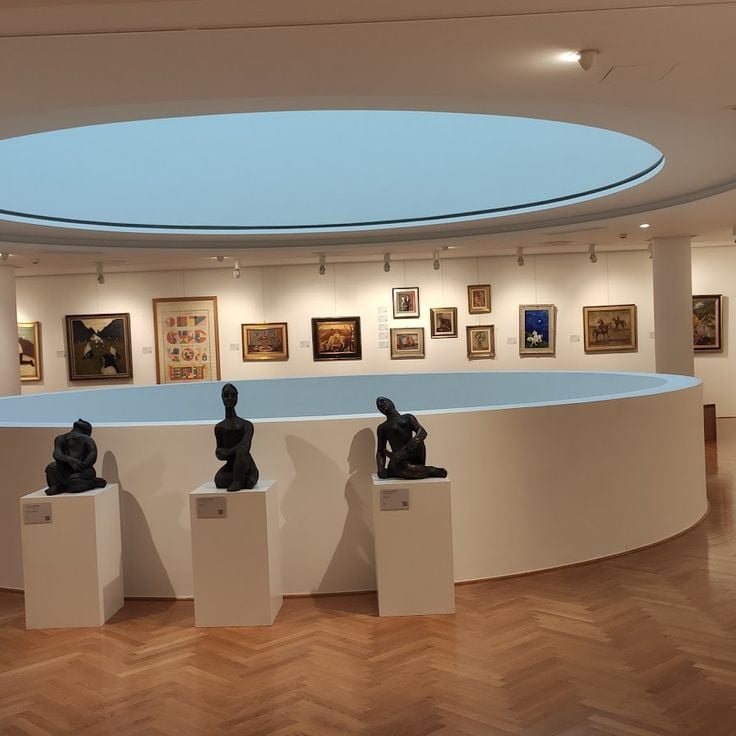
Bratislava, Slovakia
The Nedbalka Gallery occupies a contemporary building in central Bratislava and focuses exclusively on Slovak art from the 20th century. The museum spans four exhibition floors, displaying works by Slovak painters, sculptors and graphic artists that document the artistic evolution of the country from the early 1900s to the present day. The collection includes significant examples of Impressionism, Expressionism, Cubism and Socialist Modernism. In addition to its permanent exhibition, the Nedbalka Gallery regularly organizes thematic exhibitions and educational programs for visitors of all ages.
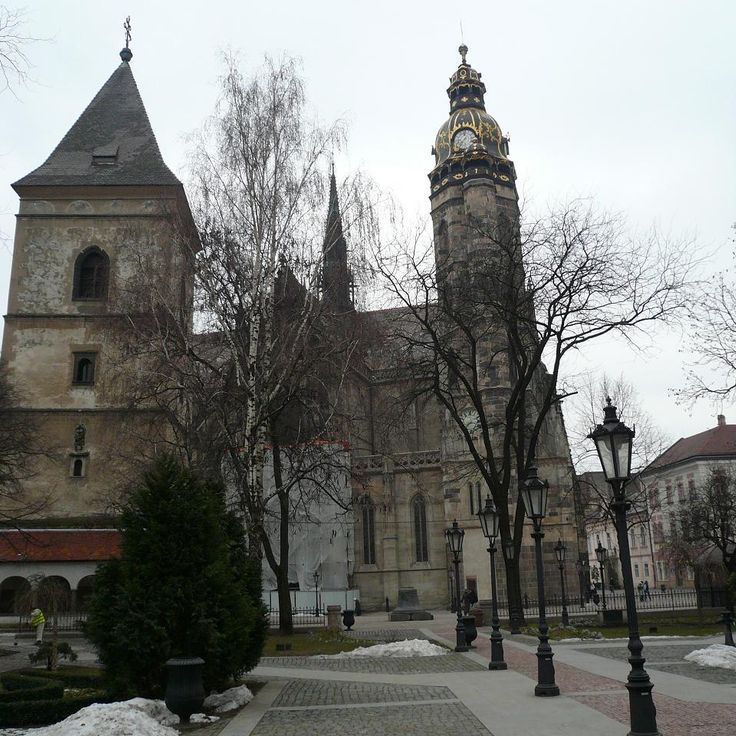
Košice, Slovakia
Saint Elisabeth Cathedral was built between 1378 and 1508 in the French Gothic style. This largest church in Slovakia features three naves and extends 60 meters in length with a total surface area of 1200 square meters. The north tower houses five historical bells from the 15th and 16th centuries. The cathedral's interior displays numerous Gothic altars, including the main altar from 1477, along with wall paintings from different periods. The double spiral staircase in the south tower provides access to the upper chapel.
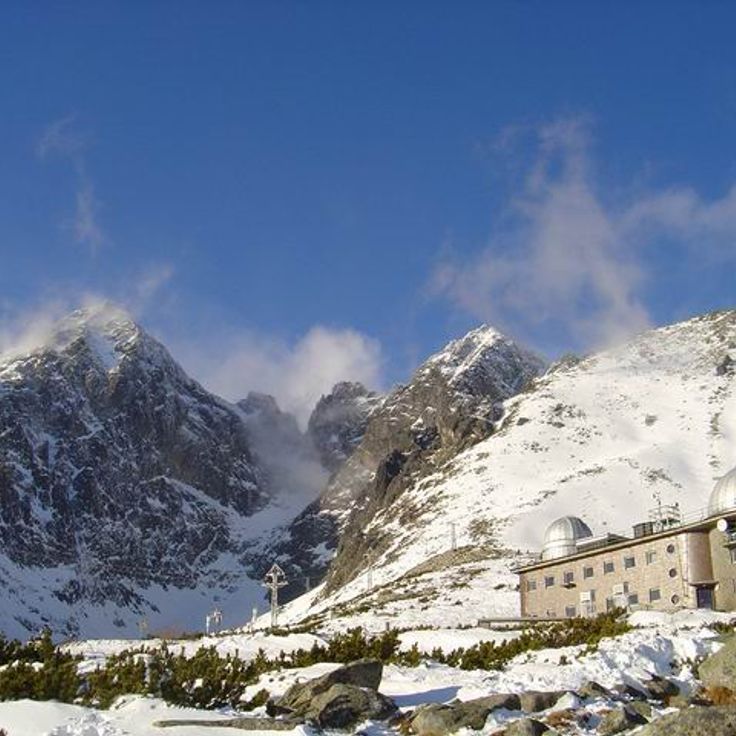
High Tatras, Slovakia
Lomnický štít rises to 2634 meters in the heart of the High Tatras and ranks among the highest peaks in Slovakia. This mountain is accessible by cable car from Tatranská Lomnica resort, which transports visitors in two stages to near the summit. An astronomical observatory operates at the top, conducting scientific research. From the peak, views extend across the entire mountain range, the surrounding valleys, and on clear days as far as Poland. The upper station sits at 2632 meters and provides an observation platform for visitors.
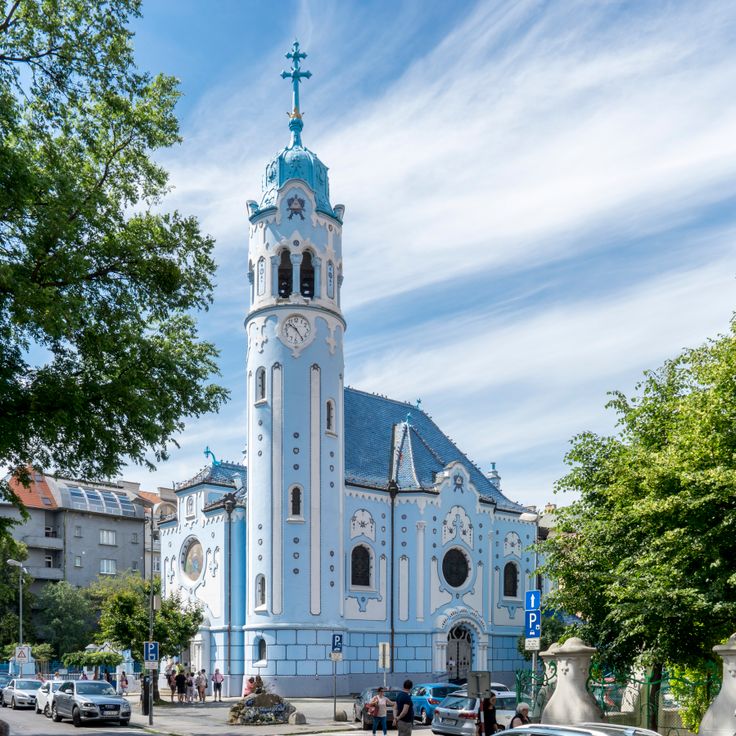
Bratislava, Slovakia
This Catholic church was built in 1913 following designs by Hungarian architect Ödön Lechner in the Art Nouveau style. The facade is entirely covered with blue majolica tiles, giving the building its popular name. The oval floor plan and cylindrical tower with blue glazed tiles display typical features of Hungarian Secession architecture. The church is dedicated to Saint Elizabeth of Hungary and features a three-aisled interior with floral motifs and liturgical elements in coordinated shades of blue.
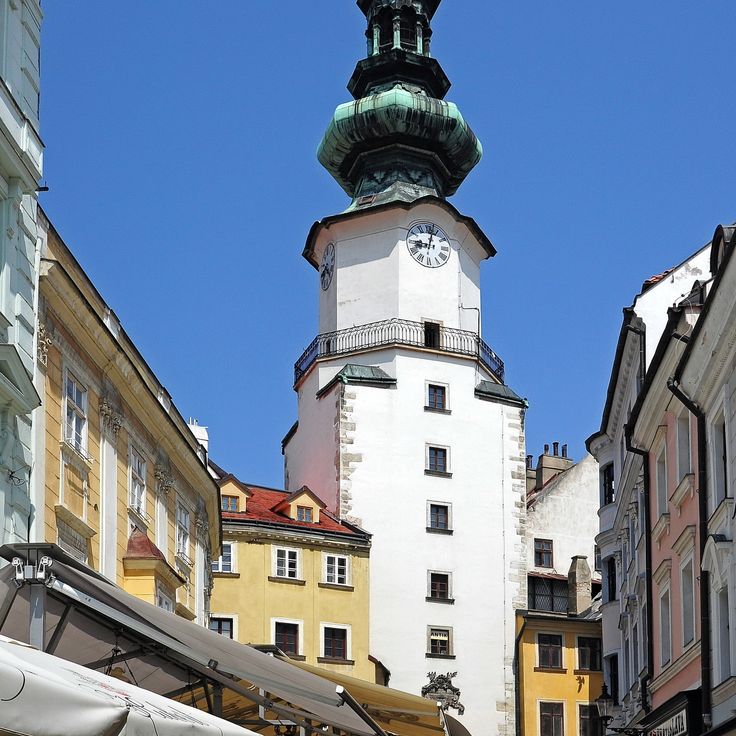
Bratislava, Slovakia
Michael's Tower stands as a preserved 14th-century city gate in the historic center of Bratislava. This fortified structure rises five stories and houses exhibitions on the city's military past. The collection includes historic weapons, armor, and documents that chronicle the defensive history of the Slovak capital. Visitors can explore the different levels and enjoy views over the old town from the tower's summit.
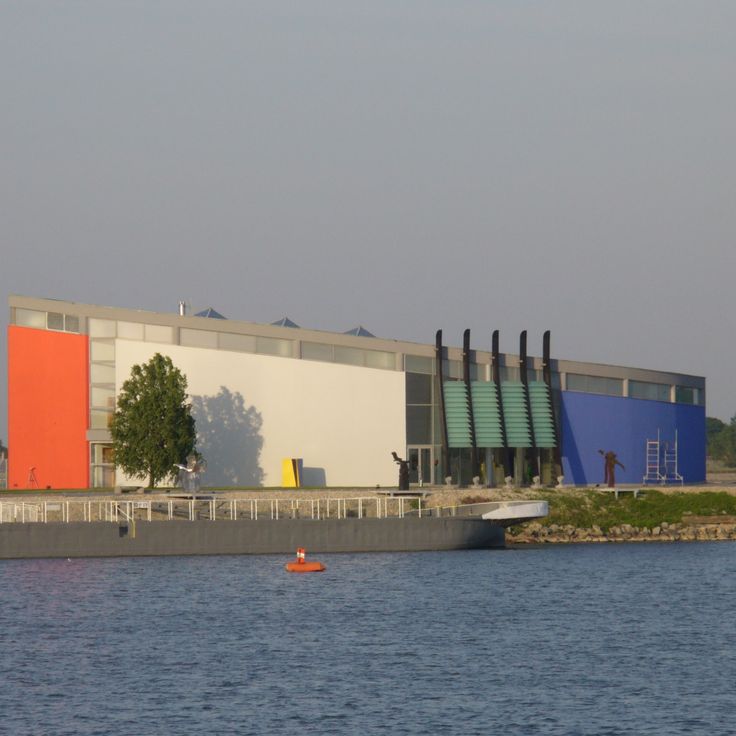
Bratislava, Slovakia
The Danubiana Meulensteen Art Museum sits on a peninsula in the Danube region south of Bratislava. This art institution opened in 2000 and focuses on contemporary art from Europe and other continents. The museum organizes several rotating exhibitions each year featuring works by established and emerging artists. The permanent collection includes paintings, sculptures, and installations from the second half of the twentieth century. An outdoor sculpture garden complements the interior spaces with works by various sculptors. The building was designed by Austrian architect Adolf Meulensteen and combines functional exhibition areas with the natural environment along the riverbank.
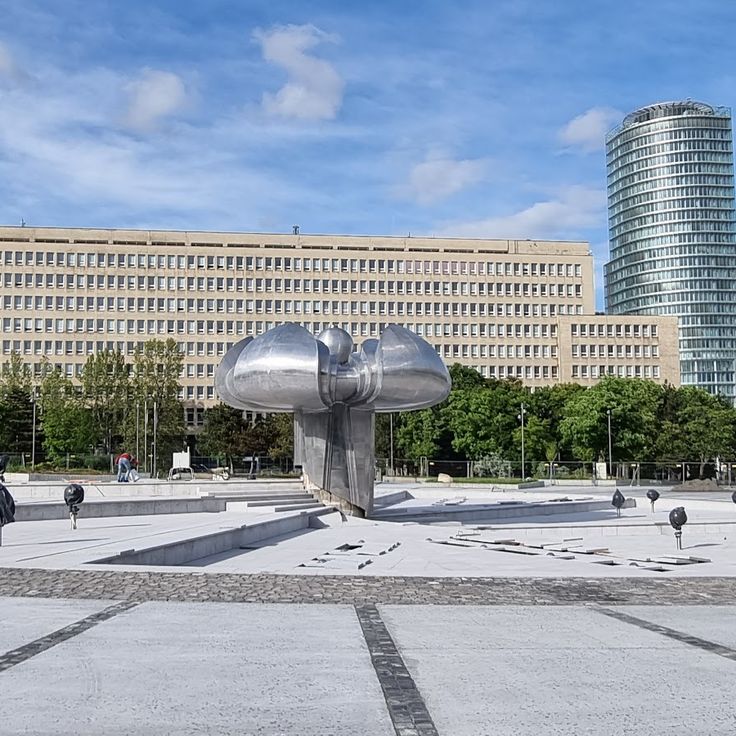
Bratislava, Slovakia
The Main Square of Bratislava forms the historic center of the Old Town and has served as a central gathering place since medieval times. This rectangular square is lined with buildings from the 18th and 19th centuries that combine various architectural styles. At the center stands the Maximilian Fountain from 1572, erected in honor of Emperor Maximilian II. The Old Town Hall on the eastern side of the square dates from the 14th century and now houses the City Museum. Numerous cafes and restaurants occupy the ground floors of the historic townhouses.
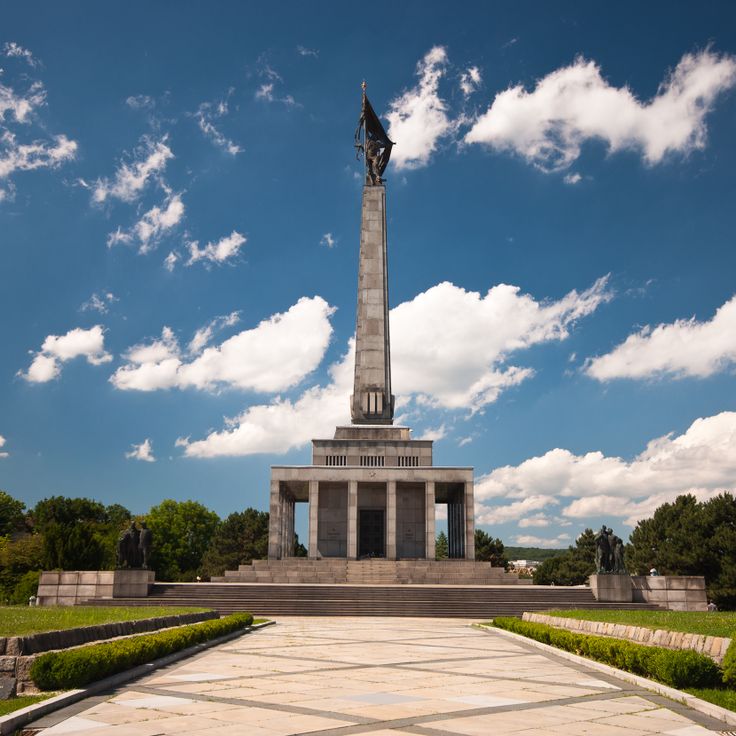
Bratislava, Slovakia
The Slavín Monument stands on Slavín Hill in the Horský park district and commemorates more than 6,800 Red Army soldiers who died during the battle for Bratislava in April 1945. The memorial site was built between 1957 and 1960 following designs by architect Ján Svetlík. A 39.5-meter-tall obelisk dominates the complex and carries an 11-meter-high statue of a Soviet soldier at its top. Six mass graves and individual graves form the lower part of the site. The terrace offers wide views over the city and surrounding areas. Access is provided by a representative stairway from the base of the hill.
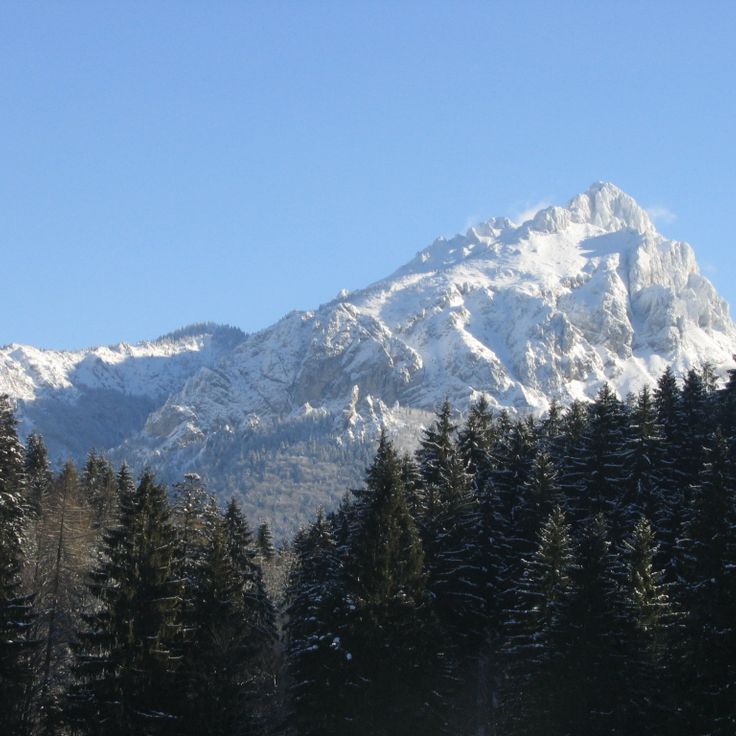
Žilina Region, Slovakia
Mala Fatra National Park covers the mountain range of the same name in northwestern Slovakia, spanning approximately 226 square kilometres. The area features dense coniferous forests, alpine meadows, and marked hiking trails leading to peaks such as Veľký Kriváň. The Šútovský waterfall drops 38 metres, forming one of the highest natural cascades in the country. The rocky cliffs and valleys provide habitat for wildlife including lynx, brown bears, and chamois. Visitors can explore various routes that pass through forested gorges and across mountain ridges.
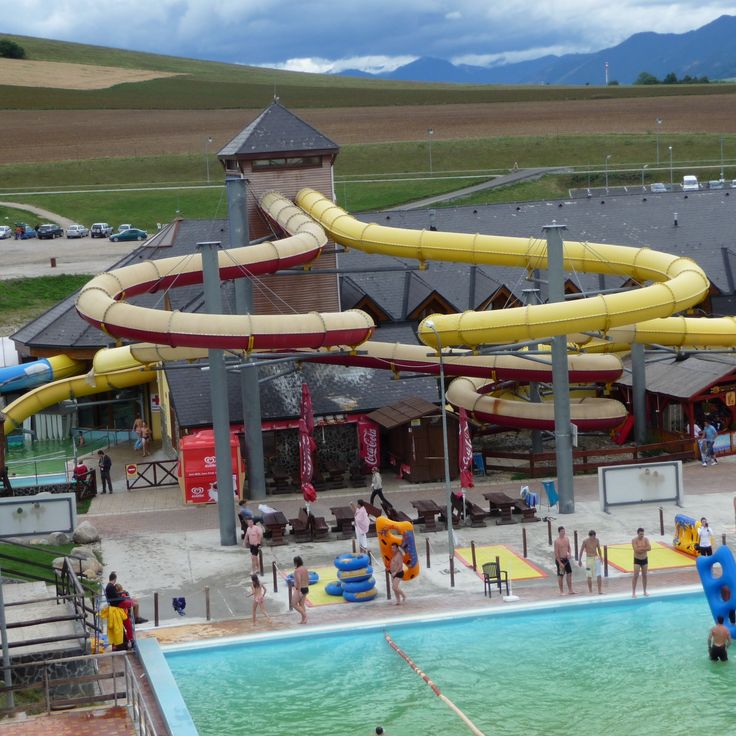
Liptovský Mikuláš, Slovakia
Tatralandia is an aqua park in the Liptov region that operates year-round. The complex features 14 pools distributed across indoor and outdoor areas. The outdoor pools remain heated even during winter, allowing bathing in cold temperatures. The facility includes various water slides of different difficulty levels, multiple sauna zones with varying temperature settings, and relaxation areas for adults. Tatralandia is located near the High Tatras and attracts visitors who wish to combine water activities with a stay in the mountain region.
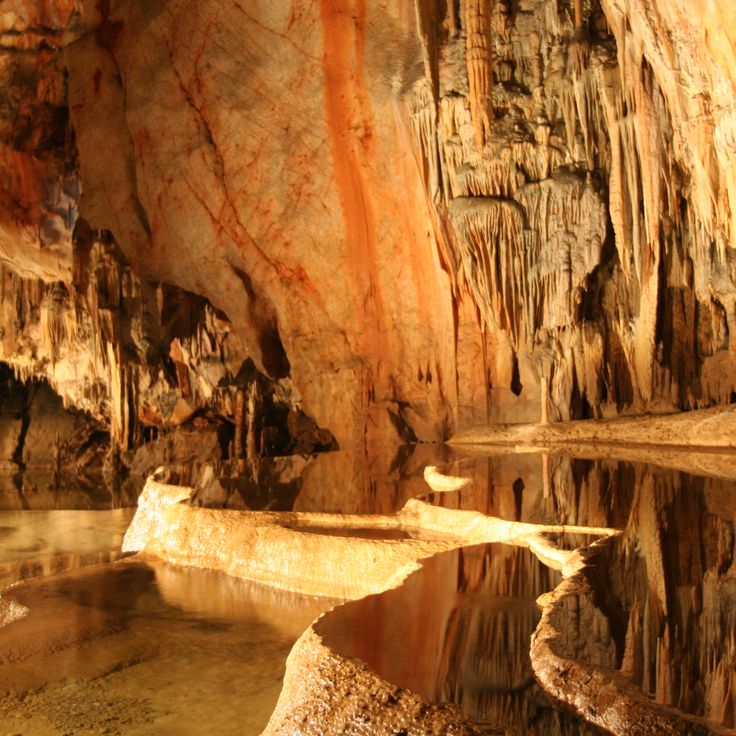
Kečovo, Slovakia
Domica Cave forms a single karst system of 25 kilometers with the Hungarian Baradla Cave. This underground formation develops across three distinct levels through which the Styx River flows. The galleries display numerous dripstone formations including stalactites, stalagmites and flowstone draperies. The system is located in the Slovak Karst and was discovered in 1932. Archaeological findings demonstrate human occupation dating back to the Neolithic period. The cave has been part of the UNESCO World Heritage since 1995.
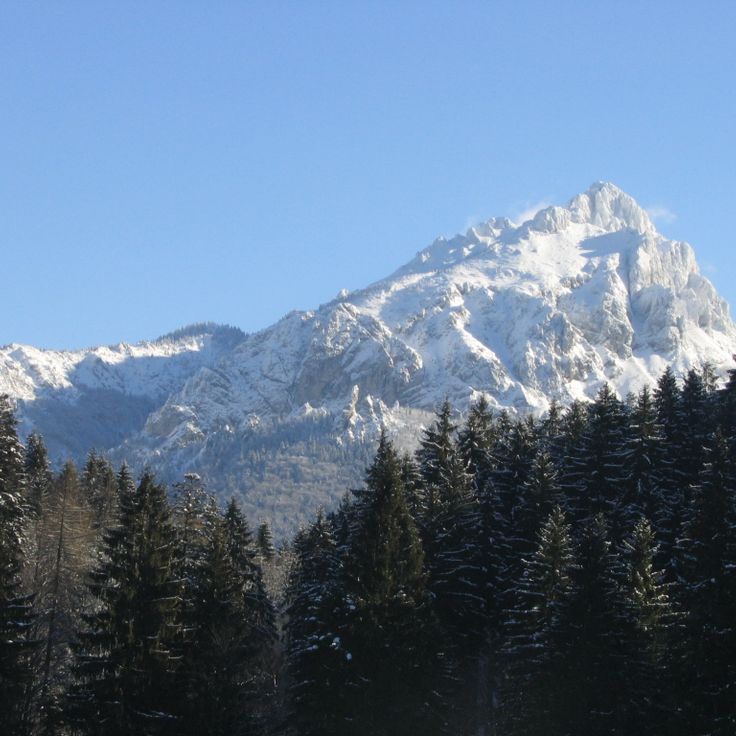
Mala Fatra National Park, Slovakia
Veľký Rozsutec rises as a distinct limestone summit to 1610 meters in the heart of Mala Fatra National Park. The formation features near-vertical rock walls composed of light-colored limestone. Several marked hiking trails lead through mountain meadows and rocky passages to the summit, from where views extend across the surrounding mountain ranges and valleys. The north face presents technical challenges and attracts experienced climbers.
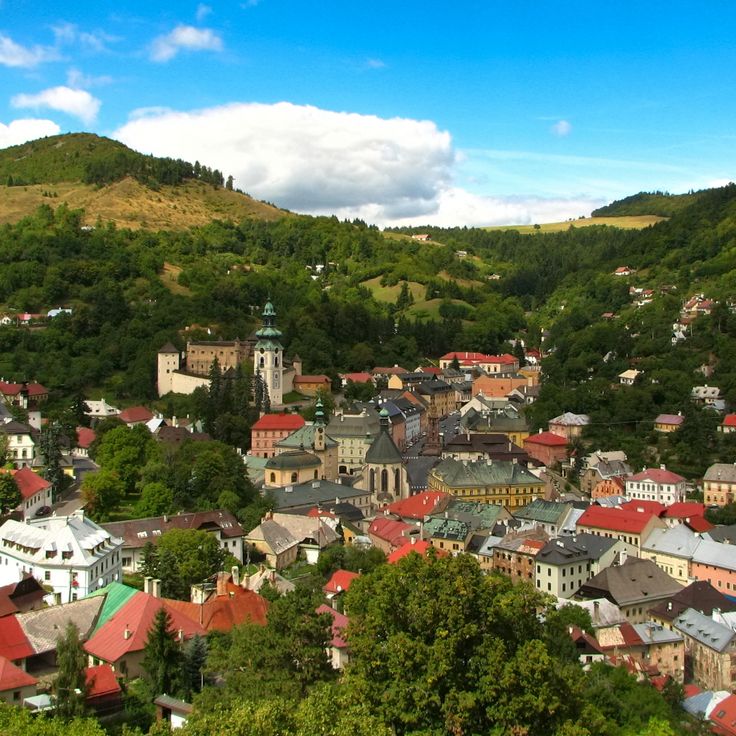
Banská Štiavnica, Slovakia
Banská Štiavnica is a medieval mining town in central Slovakia that prospered from the 13th to 18th centuries through the extraction of silver and gold. The town displays a technical heritage with underground tunnels, water management systems and hoisting machinery that demonstrate advanced mining techniques of the period. The historic center preserves Renaissance palaces, Gothic churches and Baroque buildings along winding streets. The surrounding landscape includes artificial lakes created to supply power to the mining operations. The town was designated a UNESCO World Heritage Site in 1993 and documents the evolution of European mining science over five centuries.
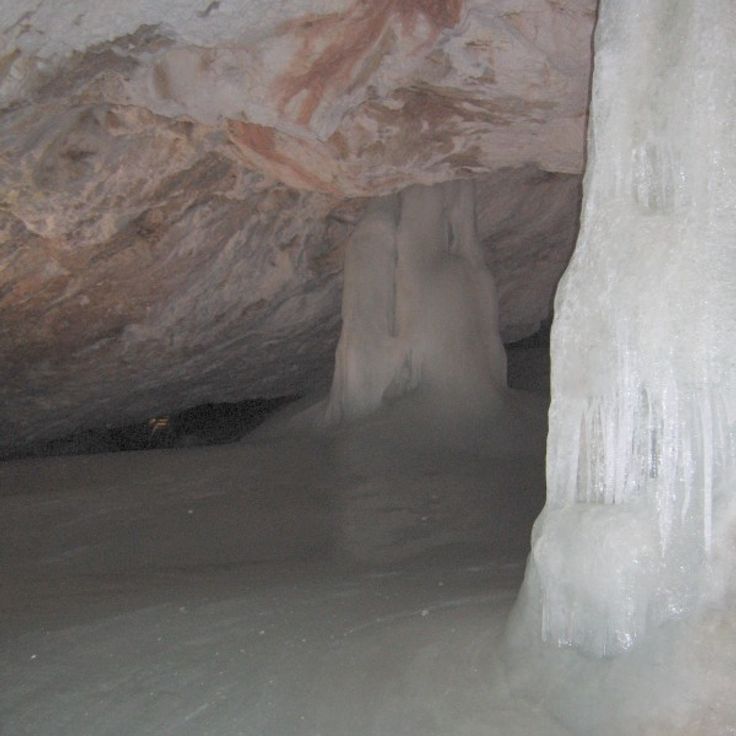
Dobšiná, Slovakia
Dobšiná Ice Cave extends through the limestone rocks of the Slovak Ore Mountains at an altitude of 969 meters. The cave was discovered in 1870 and opened to visitors the following year. Its ice formations cover an area of approximately 11,000 square meters and reach a thickness of up to 25 meters in places. The temperature inside remains below freezing throughout the year. The cave has been part of the UNESCO World Heritage Site Caves of Aggtelek and Slovak Karst since 2000.
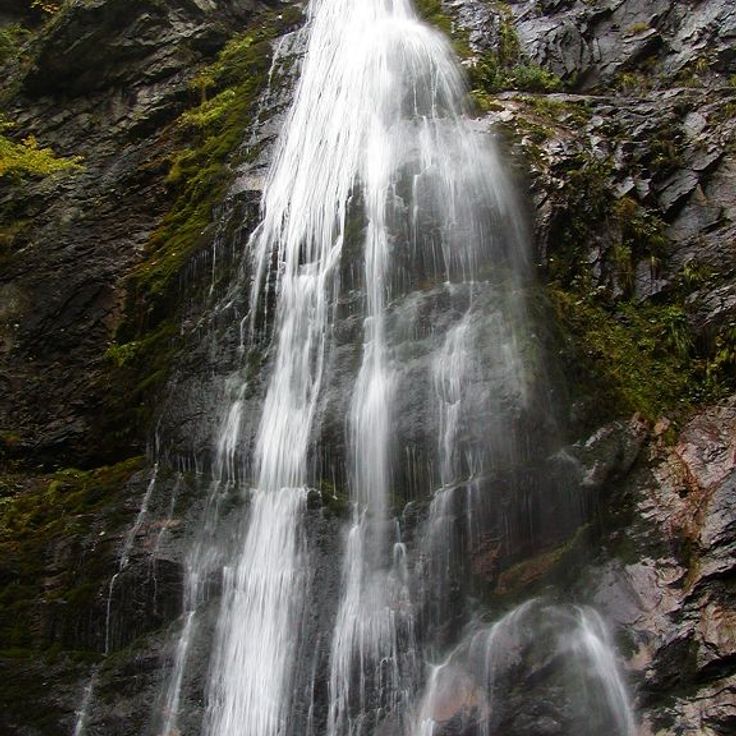
Mala Fatra National Park, Slovakia
The Šútovský Waterfall drops 38 meters into a forested gorge in the Mala Fatra mountains. Water flows over several rock ledges, forming natural pools before reaching the main fall. Dense coniferous and deciduous forests surround the gorge, with a marked hiking trail providing access. The path follows the stream through the valley. The environment supports various plant species adapted to moist conditions.

Košice Region, Slovakia
This wine region covers 908 hectares of vineyards distributed across seven Slovak villages. Winemakers have cultivated these lands for centuries, primarily growing Furmint and Linden-leaved grape varieties. The volcanic soils and particular microclimate favor the development of noble rot, which gives the grapes their distinctive characteristics. Wine production follows traditional techniques in historic cellars, where wines mature in oak barrels. This winemaking tradition combines Slovak and Hungarian practices, contributing to the cultural heritage of the region.

Prešov Region, Slovakia
Pieniny National Park covers 3,750 hectares along the Polish border and protects an area of deep gorges carved by the Dunajec River. The park was established to preserve the characteristic limestone formations and biodiversity of this mountain region. Visitors can take raft trips on the Dunajec, explore hiking trails through forested slopes, and observe the geological features of the breakthrough valleys.